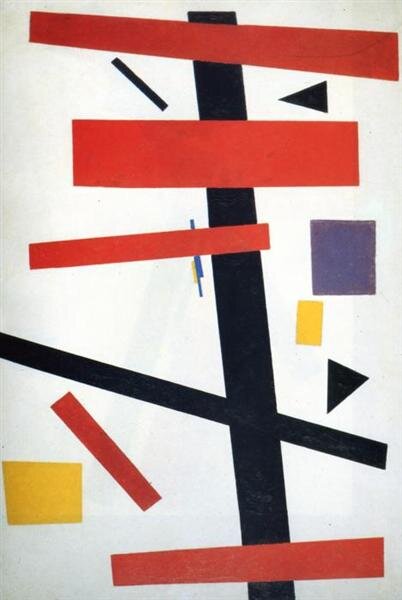White Center, 1950 by Mark Rothko.
A member of the New York School that emerged in the mid 20th century, Mark Rothko has come to be regarded as one of America's greatest artists. He had his first solo exhibition in 1961.
Your Custom Text Here

Whatever it is, the way you tell your story online can make all the difference.
White Center, 1950 by Mark Rothko.
A member of the New York School that emerged in the mid 20th century, Mark Rothko has come to be regarded as one of America's greatest artists. He had his first solo exhibition in 1961.

Number 1, 1950 by Jackson Pollock.
There is a lot of controversy surrounding a recent collection of Jackson Pollock's work. Read more about the paintings to be attributed to him. Provenance

Flag, 1954-55 by Jasper Johns, The Museum of Modern Art, New York /VAGA.
Johns representative artwork was a contrast to the work of the Abstract Expressionists before him. His re-worked images of everyday objects led the way for Pop Art.

Composition 8, 1914 by Piet Mondrian, The Guggenheim Museum, NYC.
This is Mondrian's interpretation of a tree after seeing the cubist work of Braque and Picasso. He eventually took it to an even more abstract level.

Piet Mondrian Composition C (No.III) with Red, Yellow and Blue © 2007 Mondrian/Holtzman Trust c/o HCR International, Warrenton, VA

Surrealist Landscape1990 - 1996 by George Morrison, The Minneapolis Institute of Art.
Morrison was born a Chippewa Native American who was then trained in the European/American style at the Art Students League in New York in the 1940's. The same place that turned out Jackson Pollock and many other Abstract Expressionists. His work shows these influences with a reverence for nature combined with a free-form style.


Suprematism, 1915 by Kasimir Malevich, Stedelijk Museum, Amsterdam
Malevich is the Father of the Suprematist movement which led to Abstraction. He considered his ultimate goal to be communication through "non-object" representation, culminating in a final "white on white" painting. He considered the conveying the feeling of a work more important than portraying an object. After the Russian revolution in 1917, he became a teacher and was quite influential on the Bauhaus artists, architects, and designers.